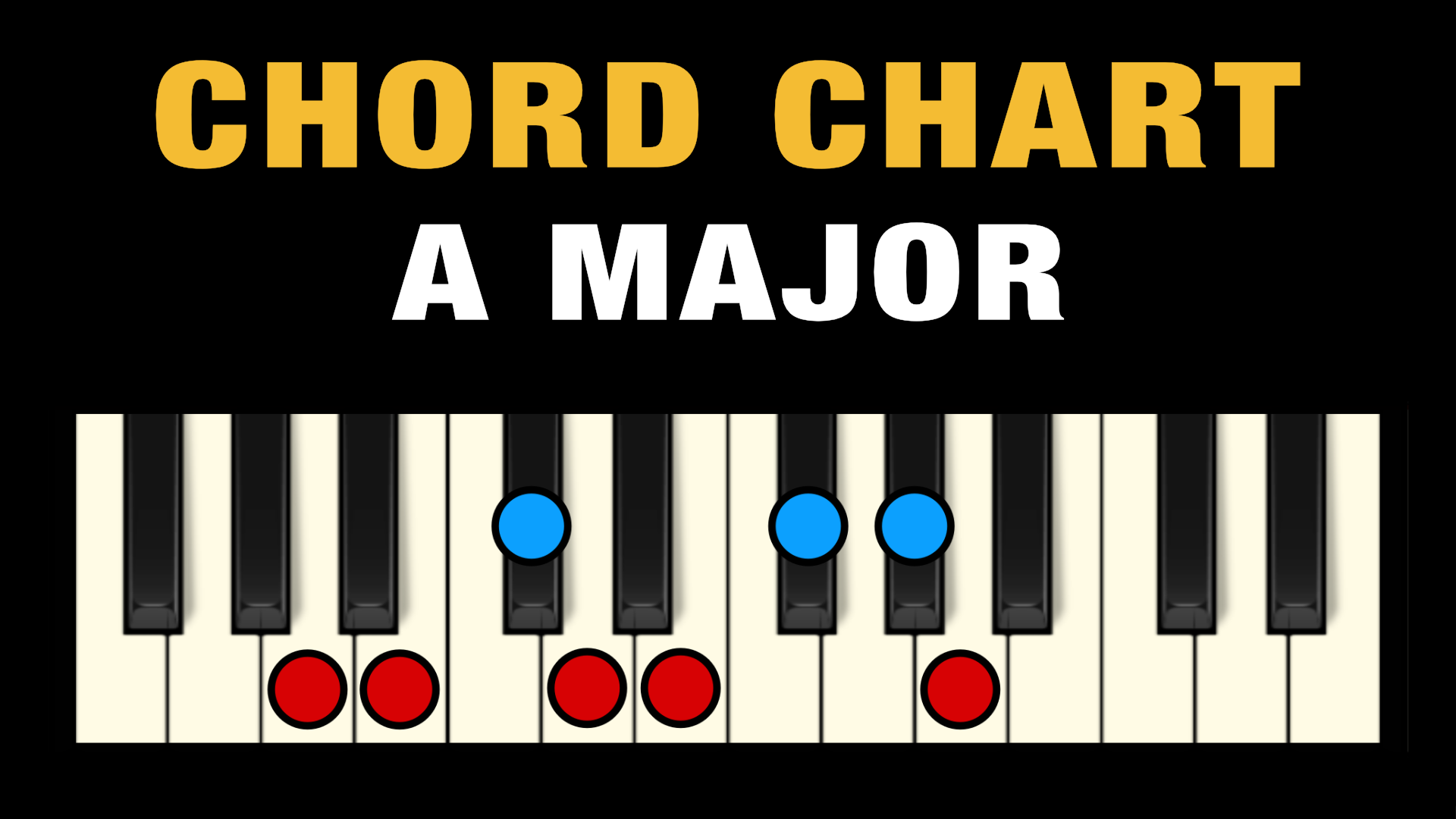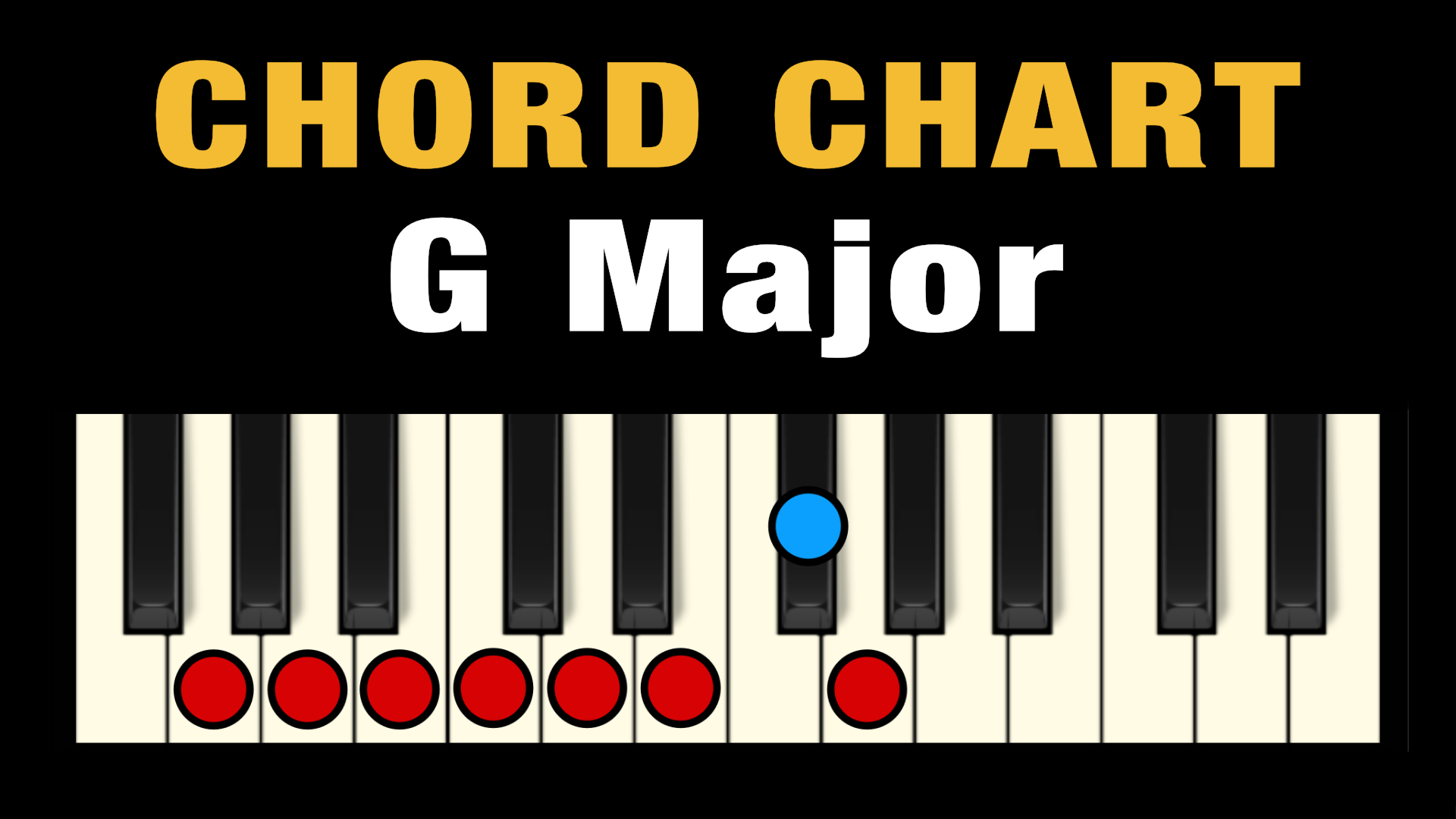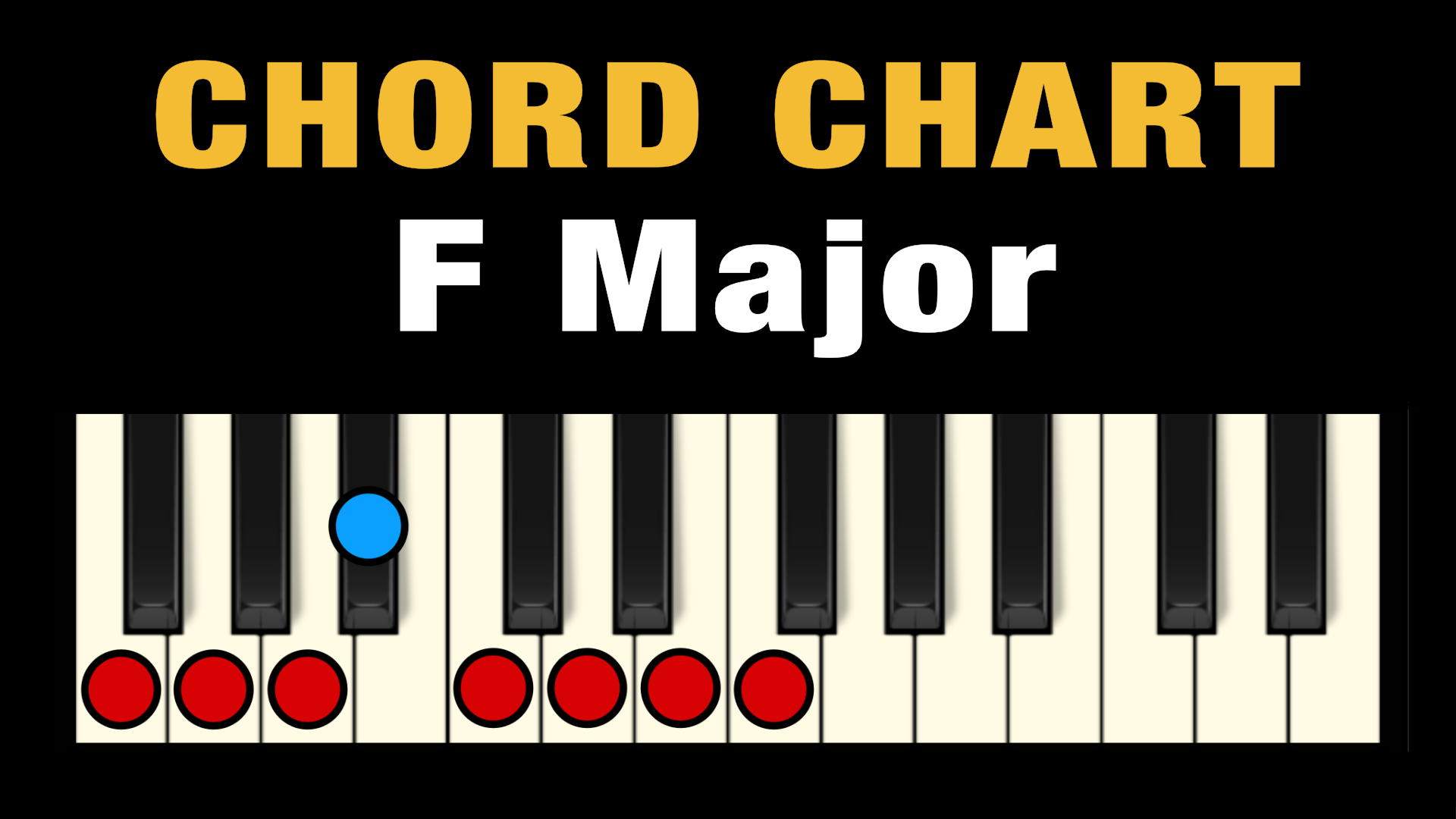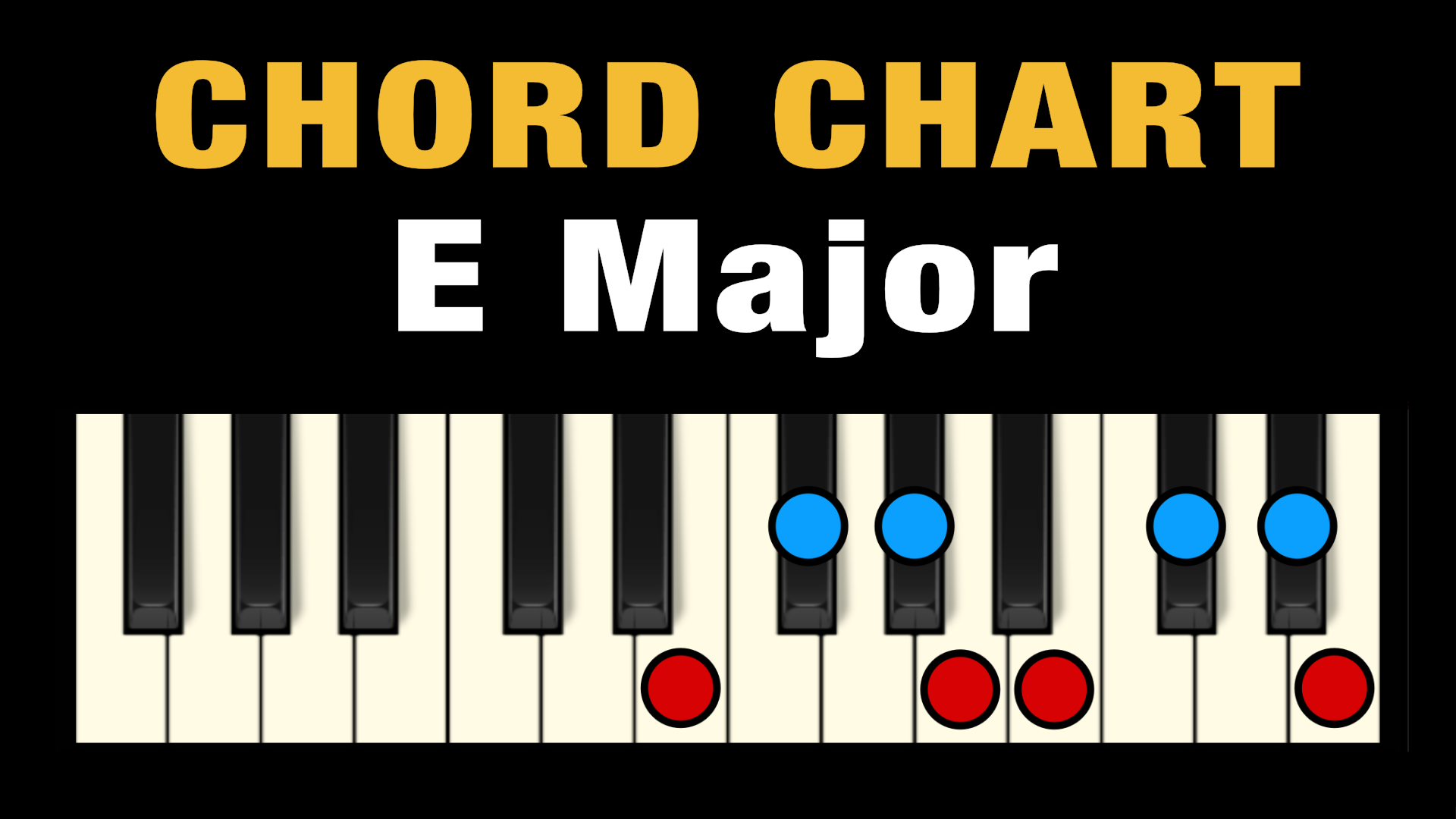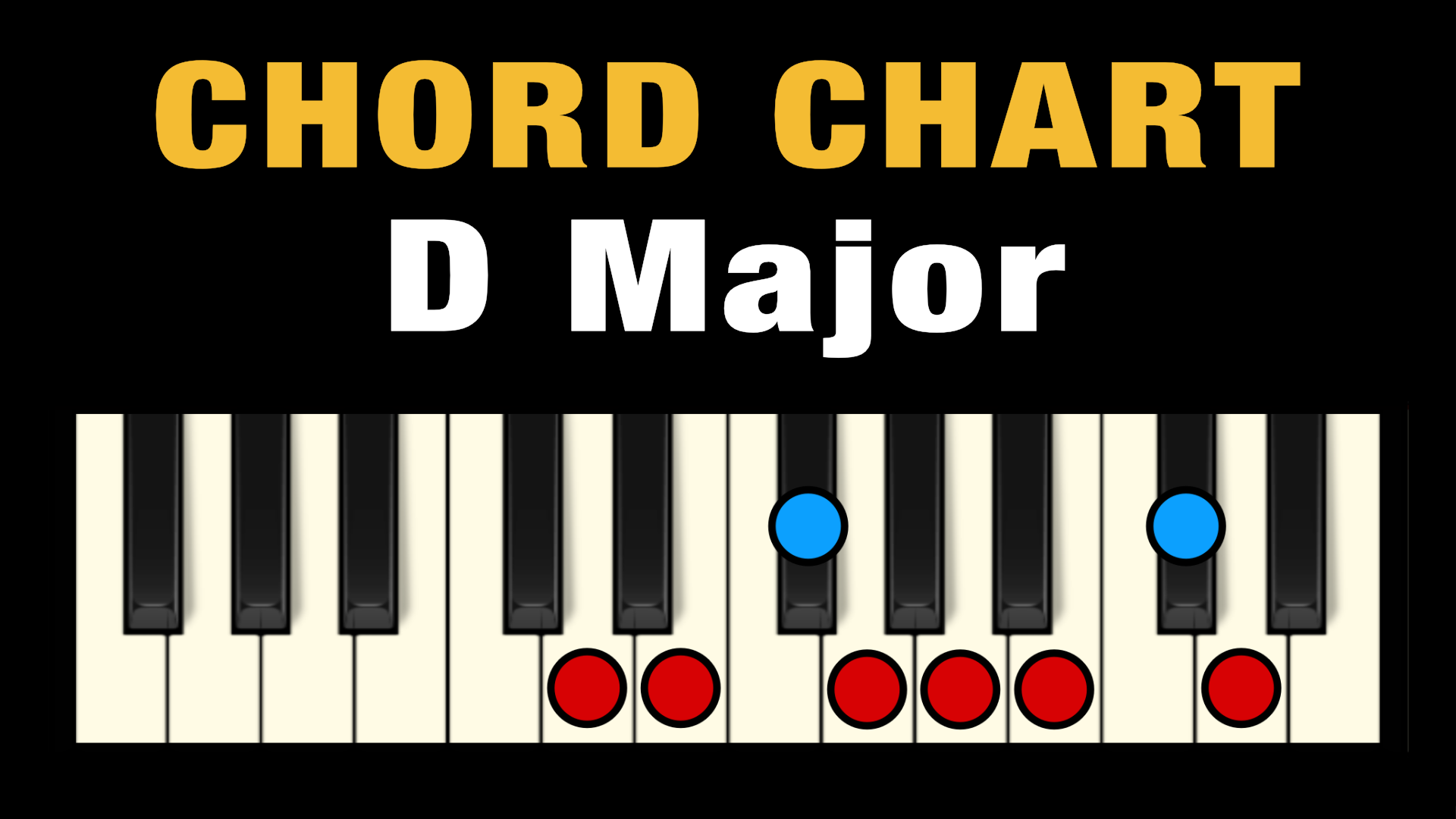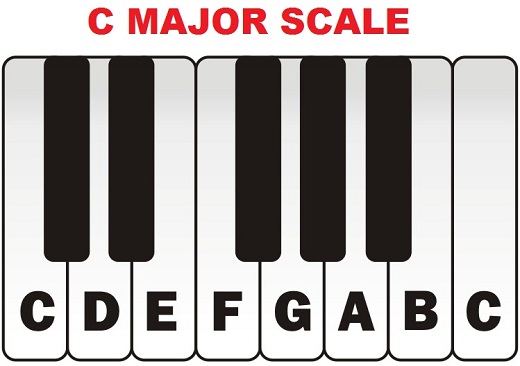A major scale is one of the most common scales used in music around the world. It is a diatonic scale, meaning it consists of seven notes, each with a specific relationship to one another. This scale is used to create melodies and progressions, and when played on the piano, it will produce a pleasing and familiar sound. Chords built from the notes of the major scale can provide a strong harmonic structure for a song, and the notes of the scale can be used to create interesting melodic passages. Knowing the notes and chords of the major scale can open up a world of possibilities for songwriting and improvisation.
Exploring the History and Theory Behind A Major Scale Chords
A major scale is one of the most commonly used scales in music, and is the foundation for a great deal of music theory. In this article, we will explore the history and theory behind major scale chords and how they are used in composition.
The major scale has been around for centuries, first appearing in ancient Greece as the diatonic scale. This scale was based on a series of whole and half steps, which created a particular sound that was pleasing to the ear. Over time, the major scale evolved into a system of eight notes, or eight chords, known as the Ionian mode. This mode is still used today, and is the basis for most major key music.
When using the major scale, the chords used are usually built on the first, fourth and fifth notes of the scale. These chords are the tonic, subdominant, and dominant chords. The tonic is the chord built on the first note of the scale, the subdominant is built on the fourth note, and the dominant is built on the fifth note. These chords are known as the “primary chords” of the major scale and form the basis for most music written in a major key.
The primary chords of the major scale can be further divided into three distinct types: major, minor, and diminished. Each of these chords has a different sound and feel, and each expresses a different emotion. A major chord is the most common type and is often used to signify joy, happiness, and positivity. Minor chords are often used to express sadness, melancholy, and a more somber mood. Diminished chords are usually used to create tension and a sense of suspense.
The major scale chords can also be used to create more complex musical structures. By combining different chords and using them in different ways, composers can create beautiful melodies and harmonies. In addition, certain chord progressions, such as the circle of fifths, can be used to create a sense of harmonic motion and tension.
As you can see, the major scale chords are an integral part of music theory and composition. By understanding the history and theory behind these chords, it is possible to create beautiful, expressive music.
Developing Essential Skills for Playing A Major Scale on the Piano
Playing a major scale on the piano is an essential skill for any musician. Learning how to play a major scale can help improve rhythm, technique, and speed. Additionally, a major scale is the foundation for many other scales and chords, making it a valuable skill for anyone playing the piano. This guide will provide an introduction to playing a major scale on the piano and will outline the basic skills needed to master the technique.
First, it is important to understand the structure of a major scale. A major scale is composed of seven notes, including a root note, and is created by ascending and descending a set of intervals. These intervals include whole steps, half steps, and sometimes augmented fourths. Once the intervals have been determined, the scale can be arranged in a specific key.
To begin playing a major scale on the piano, it is necessary to practice the correct hand position. The fingers of the right hand should start on the root note, with each finger assigned to a specific note of the scale. The left hand can then be used to complete the scale. Practicing the correct hand position will help to ensure accuracy and speed when playing the scale.
Next, it is important to understand the rhythmic structure of a major scale. Each note of the scale should be played for an equal amount of time, which is usually one beat. Additionally, the notes should be played in a steady rhythm, with no pauses or breaks between them.
Finally, it is important to develop speed and accuracy when playing a major scale. This can be done by starting slowly and gradually increasing the tempo. Additionally, practicing with a metronome can help with accuracy and ensure that the notes are being played in time. As the tempo increases, it is important to focus on maintaining accuracy to ensure that the notes are being played correctly.
By following these steps, anyone can begin to develop essential skills for playing a major scale on the piano. With practice and dedication, it is possible to master this technique and use it as the foundation for more complex musical pieces.
Identifying Common A Major Scale Chord Progressions
A major scale chord progressions are one of the most commonly used progressions in music today. They are often used in a variety of musical genres, including jazz, pop, rock, and classical. A major scale chord progression is a series of chords that follows the pattern of the major scale. The chords used in a major scale chord progression are typically I, IV, V, and vi.
The I chord is typically the tonic or root chord of the key, and the IV chord is the subdominant. The V chord is the dominant chord, and the vi chord is the relative minor of the key. The I, IV, V, and vi chords are typically the foundation of a major scale chord progression.
One of the most common major scale chord progressions is the I-IV-V progression. This progression is often used in a variety of genres, including jazz, rock, pop, and classical. This progression typically starts with the I chord, then moves to the IV chord, followed by the V chord, and then back to the I chord.
Another common major scale chord progression is the I-vi-IV-V progression. This progression is often used in a variety of genres, including jazz, rock, pop, and classical. This progression typically starts with the I chord, then moves to the vi chord, followed by the IV chord, and then to the V chord, and then back to the I chord.
These are just two of the many common major scale chord progressions. There are many other progressions that can be used to create interesting and unique sounds. It is important for musicians to experiment with different major scale chord progressions to find the one that best fits their style of music.
Exercises for Enhancing Your Understanding of A Major Scale Music Theory
1. Learn the seven notes of the major scale: C, D, E, F, G, A, and B. Be able to identify them on the musical staff.
2. Learn the intervals between each note in the major scale. Identify the distance between each note, such as a whole step (two half steps) or a half step (one half step).
3. Learn the major scale formula: whole step, whole step, half step, whole step, whole step, whole step, half step.
4. Understand the concept of key signatures and be able to identify them on the musical staff.
5. Learn how to use the formula of the major scale to create new scales such as the harmonic major scale and the melodic minor scale.
6. Practice sight-reading major scales in different keys.
7. Learn how to use the major scale to create chords and progressions.
8. Learn how to improvise with the major scale.
9. Analyze pieces of music that use the major scale, such as classical and jazz works.
10. Become familiar with the circle of fifths and how the major scale can be used to create musical tension and release.
Using A Major Scale Chords to Expand Your Piano Repertoire
Piano players can greatly expand their repertoire by learning and understanding how to use major scale chords. Major scale chords are chords that are built off of the notes of a major scale. These chords are very useful in composing music, as they can be used to create a variety of musical textures.
The first step in understanding how to use major scale chords is to learn the basics of major scales. A major scale is a collection of seven notes, each of which is separated by a whole step. Each note of the scale is known as a degree of the scale, and the starting note is known as the root. For example, the notes of the C major scale are C, D, E, F, G, A, and B.
Once you understand the basics of major scales, you can use them to build chords. To do this, you simply stack notes of the scale in thirds. For example, if you wanted to create a C major chord, you would stack the notes of the C major scale in thirds and play the notes C, E, and G simultaneously. This is the root chord of the C major scale and is known as a C major triad.
You can also create other chords by stacking notes of the scale in different intervals. For example, if you wanted to create a C major seventh chord, you would stack the notes of the C major scale in fourths and play the notes C, E, G, and B simultaneously.
Once you understand the basics of major scale chords, you can use them to create a variety of musical textures. For example, you could use a C major triad as the basis for a chord progression, or you could use a C major seventh chord as a basis for a blues progression. You could also use major scale chords to create more complex harmonic textures, such as jazzy, dissonant chords or lush, romantic chords.
By understanding and using major scale chords, you can greatly expand your piano repertoire. With a little practice and experimentation, you can create a variety of musical textures and chord progressions that will help you to become a more creative and versatile piano player.
Comparing A Major Scale to Other Musical Scales on the Piano
The piano is a versatile instrument capable of playing a variety of musical scales. One of the most common scales used in piano music is the major scale. This scale is used in many genres of music from classical to jazz and is the basis for a variety of music theory.
The major scale is a diatonic scale comprised of eight notes that follow a specific pattern across the piano. The major scale consists of seven tones and one semitone, with the semitone being between the third and fourth notes of the scale. This pattern is known as the ‘whole-step, half-step’ pattern and is the same for all major scales regardless of the key.
The major scale is often compared to other scales used in piano music. The natural minor scale is based on the same ‘whole-step, half-step’ pattern but is a minor scale instead of a major scale. This means the third, sixth, and seventh notes of the scale are one semitone lower than in the major scale. The harmonic minor scale is similar to the natural minor scale but the seventh note is raised one semitone. This creates a more dramatic effect in the music.
The melodic minor scale is also similar to the natural minor scale but the sixth and seventh notes are raised one semitone instead of lowered. This produces a more melodic sound in the music. Finally, the chromatic scale consists of all twelve notes of the piano and produces a more dissonant sound.
In conclusion, the major scale is one of the most commonly used scales in piano music and is the basis for many genres of music. While it is often compared to other scales used in piano music, such as the natural minor, harmonic minor, melodic minor, and chromatic scales, it is an important part of music theory and is used to create a variety of sounds.
Conclusion
The A major scale is an incredibly versatile and useful tool for learning chords and notes on the piano. With its familiar and pleasing sound, it is an excellent tool for musicians of all levels of experience. The A major scale chords and notes provide a solid foundation for further exploration of music theory and composition, as well as an excellent way to learn how to play piano.
Since 2005, Singersroom has been the voice of R&B around the world. Connect with us via social media below.
